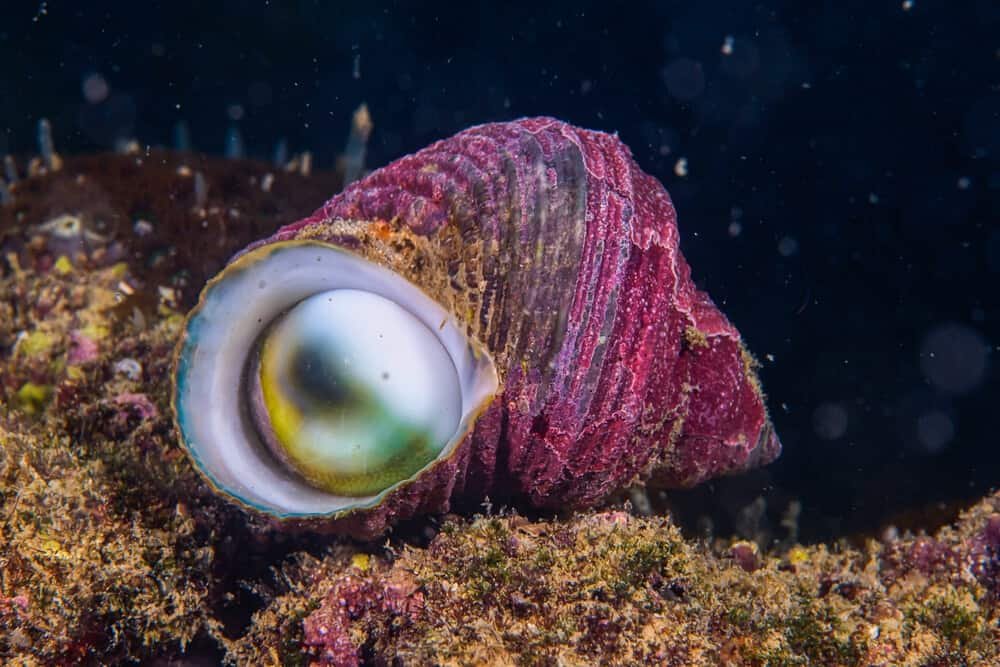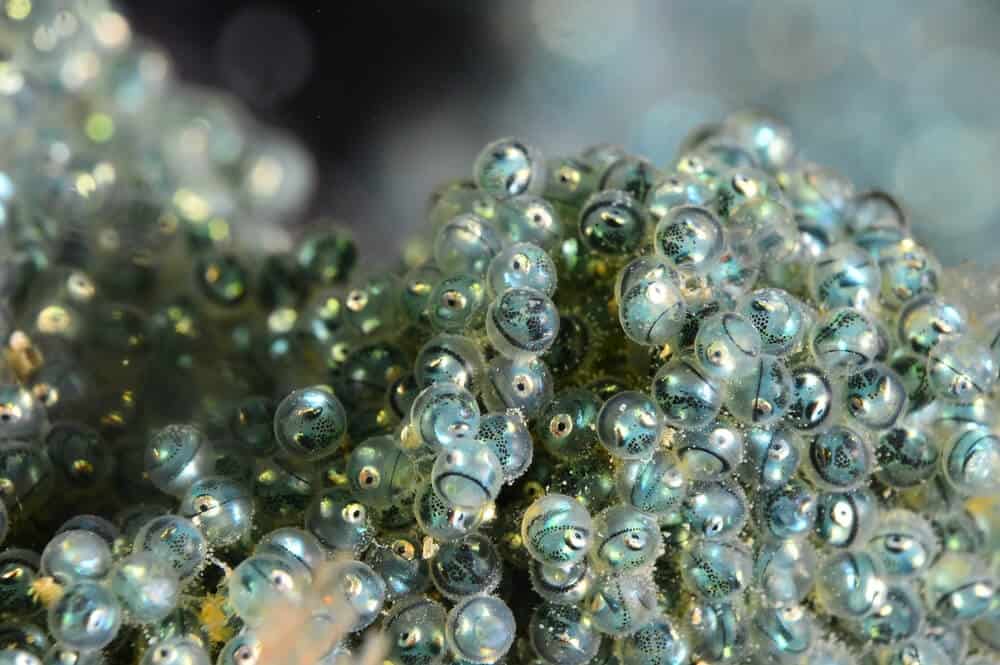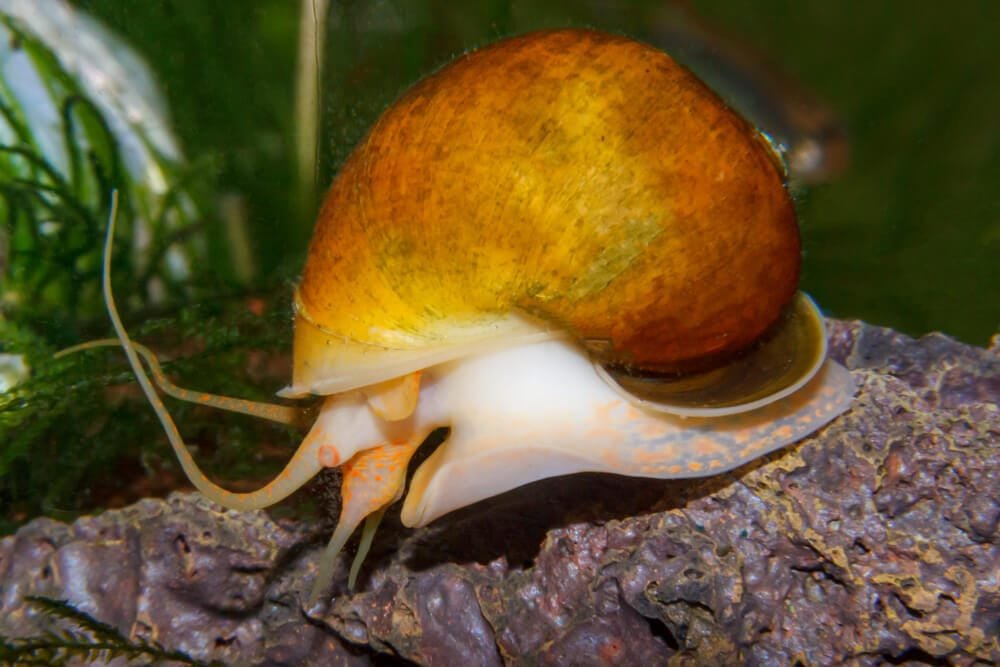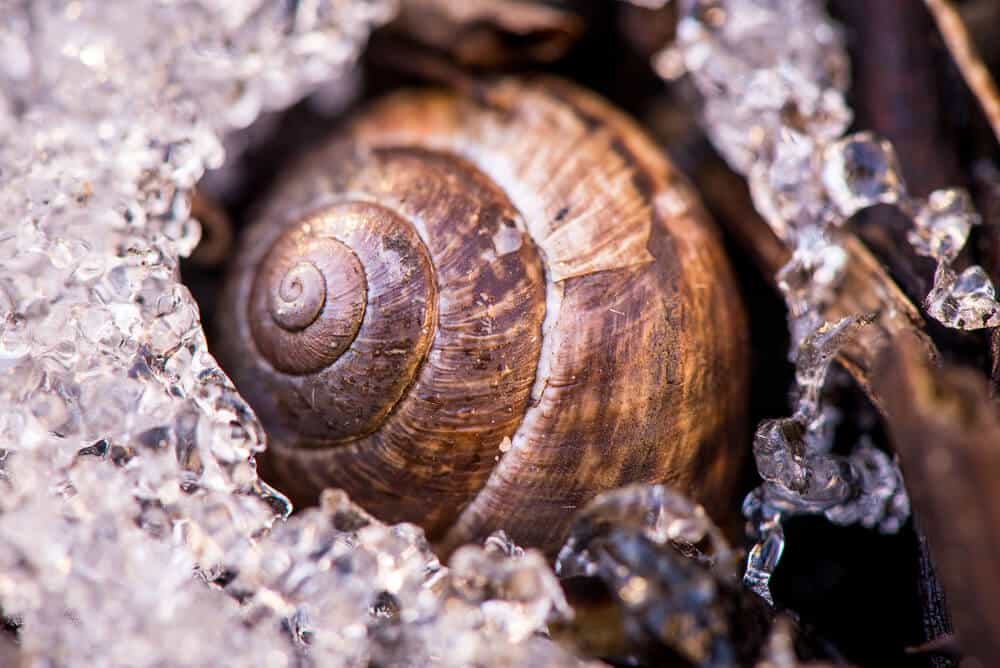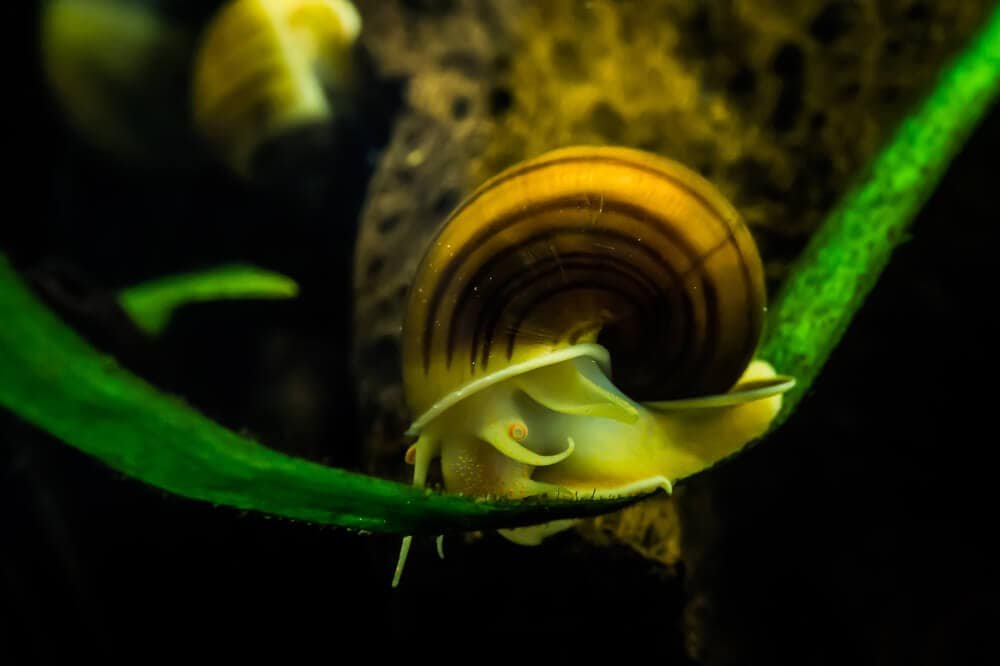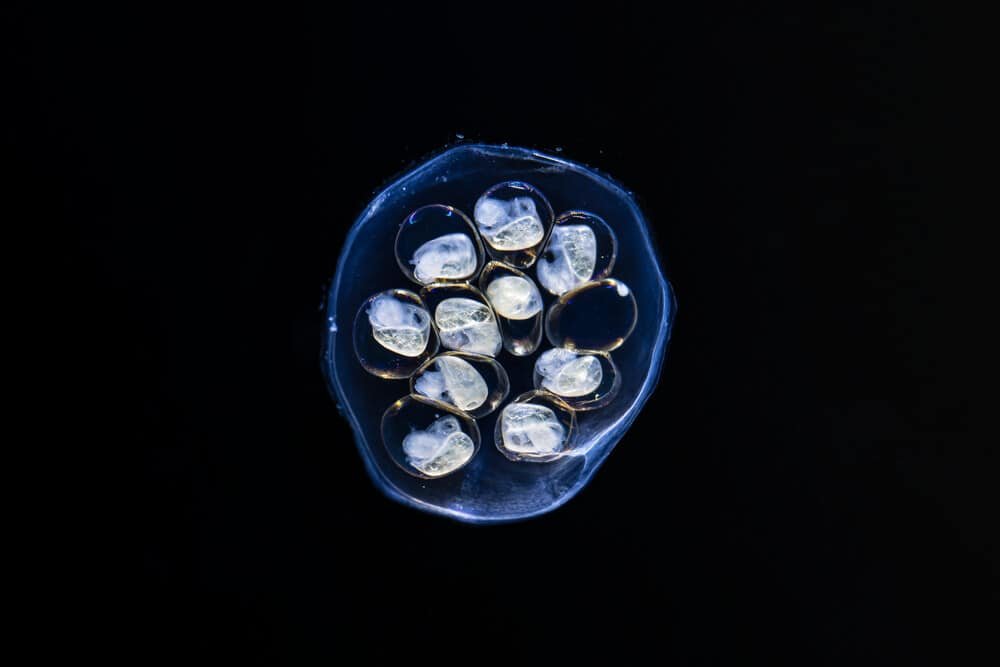Rabbit Snails: Unique Traits and Tank Setup Essentials
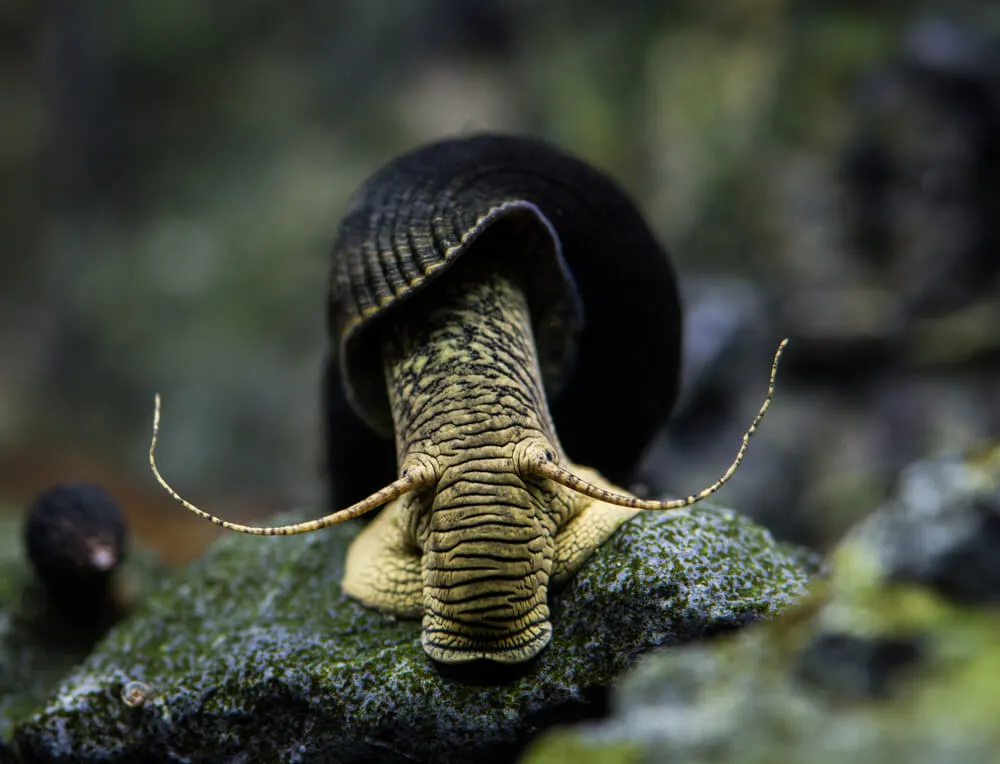
Imagine stumbling upon a creature that combines the adorable features of a rabbit and the graceful movements of a snail. Meet the Rabbit Snail, a fascinating freshwater snail species that has gained popularity among aquarium enthusiasts. Known for its distinctive bunny-like ears and slow-paced nature, the Rabbit Snail has become a sought-after addition to aquatic habitats worldwide. With its striking appearance and unique behavior, this intriguing creature is sure to capture the hearts of anyone who encounters it.
Overview
Rabbit snails, also known as Tylomelania, are a unique and fascinating species of freshwater snail. They are highly sought after by aquarium enthusiasts for their interesting physical characteristics and charming behaviors. In this article, we will delve into the various aspects of rabbit snails, including their description, habitat, physical characteristics, behavior, care and maintenance, common species, health issues, conservation status, and interesting facts.
Description
Rabbit snails are a type of gastropod mollusk that belong to the family Pachychilidae. They are known for their distinct rabbit-like appearance, which is characterized by their elongated bodies and long antennae. These snails display a diverse range of color patterns and shell shapes, making them a visually appealing addition to any aquarium. With their gentle demeanor and intriguing behavior, rabbit snails are an excellent choice for both beginner and experienced aquarists.
Habitat
Rabbit snails are native to the rivers and lakes of Sulawesi, an Indonesian island. They thrive in warm freshwater environments, preferring water temperatures between 75 and 82 degrees Fahrenheit (24-28 degrees Celsius). These snails are found in various habitats, including slow-moving rivers, streams, and flooded forests. They are typically found in areas with sandy or muddy substrates, where they can burrow and search for food.
Physical Characteristics
Size
Rabbit snails can reach a size of up to 2.5 inches (6 centimeters) in length, making them one of the larger species of freshwater snails. However, their actual size can vary depending on factors such as genetics, diet, and environmental conditions. Juvenile rabbit snails start out much smaller, usually measuring around 0.5 – 0.75 inches (1.3-1.9 centimeters) when they hatch from their eggs.
Coloration
One of the most striking features of rabbit snails is their colorful appearance. They come in a wide array of colors, including shades of brown, black, yellow, and orange. Some individuals exhibit beautiful patterns and markings on their shells and bodies, adding to their overall charm. The vibrant colors of rabbit snails make them a visually captivating addition to aquariums, enhancing the aesthetic appeal of any aquatic setup.
Shell
The shell of a rabbit snail is one of its most distinctive features. It is elongated and cone-shaped, resembling a rabbit’s ear in appearance. The shell is often smooth and glossy, with some species displaying spiral ridges or bands. The exact shape and coloration of the shell vary between different species and individual snails. The shells of rabbit snails are made of calcium carbonate and play a vital role in providing protection and support for the snail’s body.
Behavior
Feeding Habits
Rabbit snails are herbivores, primarily grazing on algae and biofilm that grow on various surfaces within their habitat. They also consume detritus, decaying plant matter, and uneaten fish food. In aquariums, they can be supplemented with fish flakes, algae wafers, and blanched vegetables such as spinach or zucchini. As they search for food, rabbit snails use their long and flexible radula, a ribbon-like structure covered in tiny teeth, to scrape and rasp off the algae.
Reproduction
Rabbit snails are ovoviviparous, meaning they give birth to live young instead of laying eggs like many other snail species. The female snails carry the eggs internally until they hatch, at which point the baby snails are released into the water. The gestation period can vary between different species, but it generally lasts around 4-6 weeks. A single female rabbit snail can give birth to several dozen baby snails in a single reproductive event.
Movement
Rabbit snails move at a slow and deliberate pace, using a muscular foot to glide along the substrate. They can retract into their shells when threatened or disturbed, providing them with protection from potential predators. Rabbit snails are not strong swimmers, so they prefer to navigate across surfaces rather than swimming through the water column. They are most active during the night and may exhibit more movement during feeding or breeding periods.
Care and Maintenance
Tank Requirements
When setting up a tank for rabbit snails, it is essential to provide them with an appropriate environment that mimics their natural habitat. A tank size of at least 10 gallons (38 liters) is recommended to ensure ample swimming and foraging space for these snails. The substrate should consist of sand or fine gravel to allow for burrowing, as rabbit snails enjoy digging and sifting through the substrate in search of food.
Water Parameters
Rabbit snails thrive in slightly alkaline and moderately hard water conditions. The pH level should be maintained between 7.5 and 8.0, and the water hardness should range from 7 to 15 dGH. It is crucial to keep the water clean and well-filtered to prevent the build-up of toxins and maintain optimal water quality. Regular water changes of 10-20% should be performed to ensure a healthy aquatic environment for rabbit snails.
Tank Mates
Rabbit snails are generally peaceful creatures and can coexist with a variety of tank mates. They are compatible with most species of fish that are not aggressive or known to prey on snails. Good tank mates for rabbit snails include peaceful community fish, such as tetras, rasboras, barbs, and guppies. It is important to avoid keeping them with large, predatory fish or any species that may nip at their antennae or delicate bodies.
Common Species
Tylomelania zemis
Tylomelania zemis, also known as the “Ginger Rabbit Snail,” is a popular species among aquarium enthusiasts. It is characterized by its unique coloration, which ranges from shades of deep red to orange-brown. The shell of Tylomelania zemis features subtle spiral ridges and tends to be more elongated compared to other rabbit snail species.
Tylomelania gemmifera
The Tylomelania gemmifera, often referred to as the “Gem Rabbit Snail,” is highly sought after for its exquisite coloration and striking shell patterns. This species displays a rich variety of colors, including shades of black, brown, yellow, and orange. The shell of Tylomelania gemmifera is typically adorned with small bumps or protuberances, giving it a gem-like appearance.
Tylomelania sp. mini
Tylomelania sp. mini, commonly known as the “Mini Rabbit Snail,” is an adorable and petite species of rabbit snail. It is a favorite among aquarists who have limited tank space or prefer smaller aquatic inhabitants. Despite its small size, this species exhibits vibrant colors and patterns, making it a delightful addition to nano tanks or planted aquariums.
Tylomelania sp. poso
Tylomelania sp. poso, also known as the “Poso Rabbit Snail,” is native to Lake Poso in Sulawesi, Indonesia. This species is known for its larger size and robust appearance. The shell of Tylomelania sp. poso exhibits spiral bands and ranges from shades of brown to deep black. Its eye-catching coloration and impressive size make it a highly sought after variety of rabbit snail.
Health Issues
Shell Damage
One common health issue that rabbit snails may encounter is shell damage. This can occur due to rough handling, aggressive tank mates, or poor water conditions. If a rabbit snail’s shell becomes cracked or damaged, it can compromise their overall health and make them more susceptible to infections. To prevent shell damage, it is important to provide a peaceful and suitable environment for these snails, including smooth tank decorations and compatible tank mates.
Shell Erosion
Another health concern for rabbit snails is shell erosion. Shell erosion can be caused by prolonged exposure to acidic water, inadequate calcium levels, or poor diet. It is essential to maintain optimal water parameters and provide a varied diet rich in calcium to prevent shell erosion. Regular water testing and supplementation with calcium-rich foods like cuttlebone or calcium powder can help ensure the health and integrity of a rabbit snail’s shell.
Parasites
Like any living organism, rabbit snails can be susceptible to parasitic infections. Parasites can attach themselves to the snails’ bodies, causing discomfort and potentially leading to more severe health problems if left untreated. Regular observation and quarantine of new additions to the tank can help minimize the risk of introducing parasites. If parasites are detected, appropriate treatments, such as medicated baths or targeted medications, should be administered under the guidance of a veterinarian or experienced aquarium professional.
Conservation Status
Threats
Rabbit snails face various threats in their natural habitat, which have contributed to their declining populations. Deforestation, pollution, and habitat degradation are among the major threats to their survival. The extraction of sand and gravel from their habitats also disrupts their ecosystem and poses a significant risk to their population. Additionally, the illegal collection of these snails for the aquarium trade further diminishes their numbers in the wild.
Conservation Efforts
Efforts are being made to conserve and protect rabbit snails in their native habitats. Conservation organizations and local communities are working together to raise awareness about the importance of preserving the aquatic ecosystems that support these snails. Initiatives focusing on habitat restoration, monitoring populations, and implementing sustainable collection practices in the aquarium trade are crucial steps towards the long-term conservation of rabbit snails.
Interesting Facts
Biological Filtration
Rabbit snails play a beneficial role in maintaining the health and balance of aquarium ecosystems. They are effective grazers and sifters, consuming excessive algae and detritus that can accumulate in the tank. Through their feeding habits, rabbit snails contribute to biological filtration by removing organic waste and preventing the build-up of harmful substances. Their presence can help to create a cleaner and healthier living environment for other tank inhabitants.
Variable Shell Morphology
One fascinating aspect of rabbit snails is their ability to display a wide range of shell shapes and patterns within the same species. This phenomenon, known as polymorphism, occurs due to genetic variations and environmental influences. Tank conditions such as water parameters and diet can influence the development of shell morphology in rabbit snails. This variability adds to the allure of these snails, as each individual can exhibit a unique combination of colors and shell patterns.
Unique Breeding Methods
Rabbit snails employ unique reproductive methods that distinguish them from many other snail species. Unlike most snails, rabbit snails give birth to live young rather than laying eggs. The ability to bear live offspring allows the baby snails to have a higher chance of survival compared to those that hatch from eggs. This reproductive strategy, known as ovoviviparity, is a fascinating adaptation that contributes to the success and adaptability of rabbit snails.
Conclusion
Rabbit snails are captivating creatures that add beauty and diversity to freshwater aquariums. With their rabbit-like appearance, vibrant colors, and interesting behaviors, these snails are a popular choice among aquarists. By understanding their physical characteristics, behaviors, care requirements, and conservation status, we can appreciate the unique qualities of rabbit snails and contribute to their long-term survival. Whether you are a beginner or experienced hobbyist, providing a suitable environment and proper care for these fascinating snails will unlock a world of wonder and enjoyment in your aquatic endeavors.
